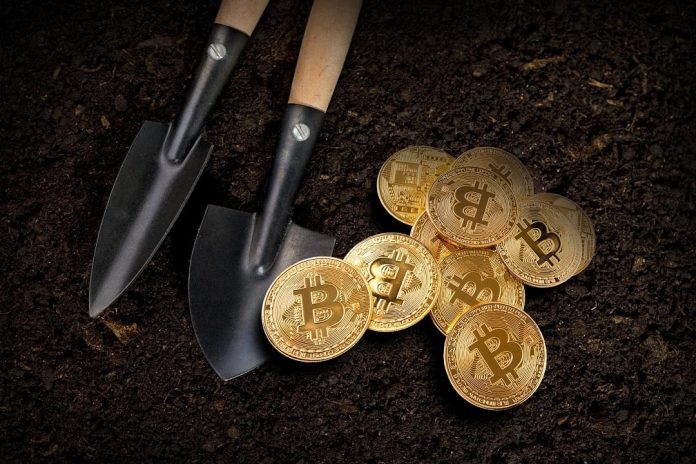A mining pool can be understood as a set of people who join forces (where forces are defined as computing power or, more precisely, hashrate) to mine a cryptocurrency such as, for example, bitcoin. This cooperation makes it possible to increase the probability of sealing a block and thus increase the profit of the miners. But how does it work?
After purchasing the hardware to mine it is then possible to join a pool. After becoming a member of one of these groups it is necessary to create a personal account through which a particular program can be downloaded. The software actually allows sharing part of the computing power of the PC with the group.
The more time passes, the more competitive mining becomes and, nowadays, it is very difficult to solve a block before someone else does.
Mining Pools: the main approaches
There are different approaches to mining pools, each with their pros and cons. The slush’s pool approach, or BPM, uses a score-based payment method. The score is calculated based on the hashrate and time spent in the pool.
Pay-per-Share (PPS), on the other hand, consists of offering a default payout for each part of the block solved. The payout is offered from the existing balance sheet of the pool, so it can be withdrawn immediately.
The p2pool approach requires each miner to manage a p2pool node, forming a peer-to-peer network. Participants then connect their mining software to their local p2pool node. Whenever a share is found, it is communicated to other miners on the p2pool p2p network so that all nodes know who is contributing to the collective mining effort and to what extent.
Mining Pools, the aspects to be evaluated
The following is a list of the most important aspects to be assessed:
- Fees: the costs of being part of a pool are usually around 1%;
- Minimum Payout: This is the minimum threshold for withdrawing the earnings from the pool;
- Server Location: It is always convenient to mine on a server as close as possible in order to increase the efficiency of mining;
- Global Hashrate: it is convenient to try to choose a pool with the lowest possible hash rate, in order to make the smaller pools stronger and increase the decentralisation of mining by distributing the hashrate.
- Vardiff or variable difficulty, i.e. the level of difficulty of the actions according to the hashrate;
- Multicoin or Merge Mining Pool: multicoins allow to extract different coins and then convert them into BTC; merge mining pools allow to extract 2 coins simultaneously without loss of efficiency.
- Payment Methods: many different payment methods have been developed including:
- CPPSRB – Capped Pay Per Share with Recent Backpay
- DGM – Double Geometric Method.
- ESMPPS – Equalized Shared Maximum Pay Per Share.
- POT – Pay On Target.
- PPLNS – Pay Per Last N Shares.
- PPLNSG – Pay Per Last N Groups (or shifts).
- PPS – Pay Per Share.
- Prop. – Proportional.
- RSMPPS – Recent Shared Maximum Pay Per Share.
- Score – Proportional reward.
- SMPPS – Shared Maximum Pay Per Share.



